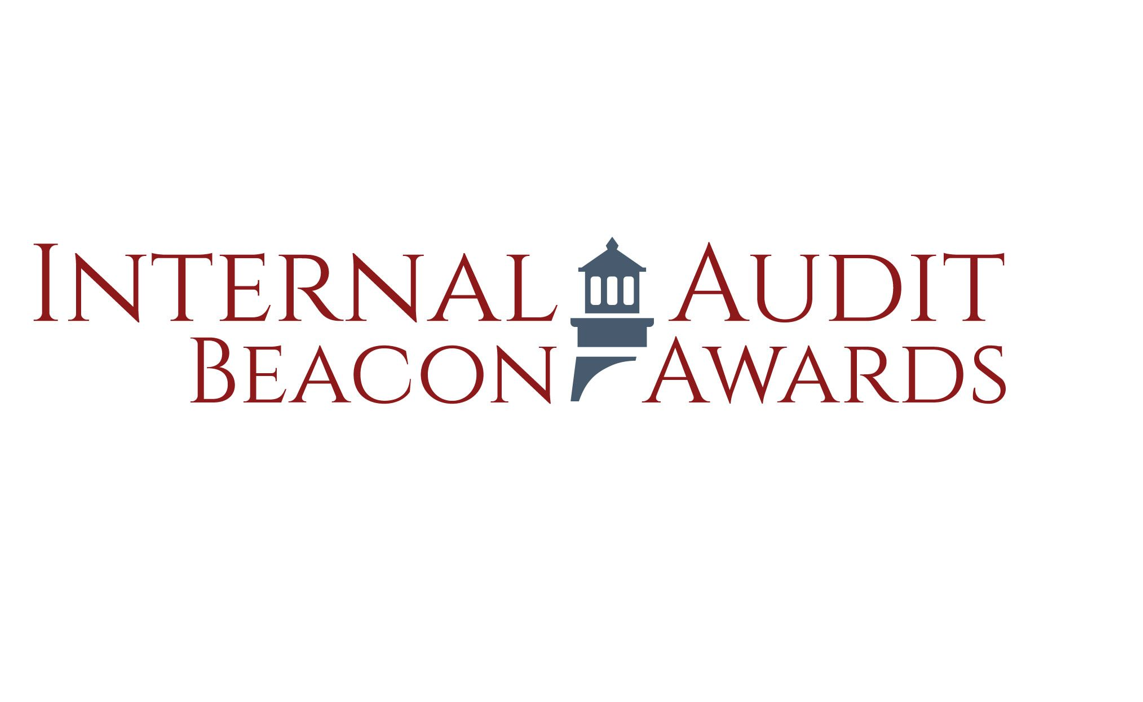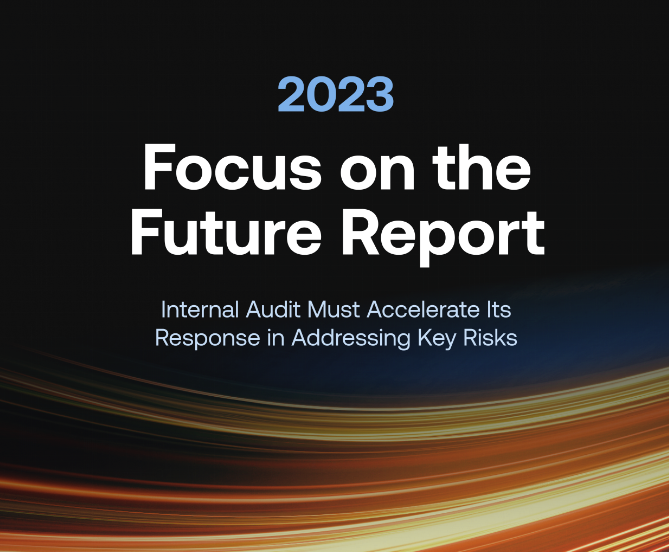
Call For Nominations – 4th Annual Internal Audit Beacon Awards
November 15, 2022
New Report: 2023 Will Likely Present More Challenges Than Internal Auditors Think
December 1, 2022Over the years, I have written several blogs and articles focused on corporate culture. The recent collapse of FTX reminds us once again how toxic culture and ineffective corporate governance can destroy a company. The words of the newly appointed CEO of FTX, from the company’s Chapter 11 bankruptcy declaration, are a searing indictment:
“Never in my career have I seen such a complete failure of corporate controls and such a complete absence of trustworthy financial information as occurred here. From compromised systems integrity and faulty regulatory oversight abroad, to the concentration of control in the hands of a very small group of inexperienced, unsophisticated and potentially compromised individuals, this situation is unprecedented.”
It would be easy to refer to FTX as a “train wreck,” but even a train wreck starts out with a functioning engine. FTX appears to have never embraced governance or controls. For example, “employees of the FTX Group submitted
payment requests through an on-line ‘chat’ platform where a disparate group of supervisors approved disbursements by responding with personalized emojis.” Recent media reports have indicated that more than 1 million creditors and investors may stand to lose money in the wake of the FTX collapse.
My first instinct in the wake of the FTX news was to write a blog about the lessons learned from the collapse. But the fact is, there are very few new lessons from FTX – there are only reminders. We are once again reminded that “fools and their money soon part,” Peter Drucker was right (“culture eats strategy for breakfast”), and when there is no internal audit function, investors should run.
My last point may seem a bit trivial in the face of such an enormous calamity. My point is not that an internal audit function at FTX would have prevented the outcome. Rather, it was the absence of internal audit – and, more importantly, a legitimate board of directors – that signaled a giant red flag. Investors enamored with potentially huge returns turned a blind eye to a frat-party culture that screamed “run as fast as you can!”
Anyone who follows me knows I am an unwavering advocate for internal audit to play a key role in assessing and providing assurance around an organization’s culture. I have found that an undeniable link exists between an organization’s culture and whether the company has an internal audit function (and how the function is treated). Simply, healthy cultures value oversight to ensure accountability.
There were far too many signals that the FTX culture was toxic. Frankly, it was an easy target to identify. However, there are a great many companies whose cultures offer no red flags to unsuspecting investors yet are big risks for investment. Of course, the complete lack of internal audit should speak volumes.
A few years ago, I wrote about the way companies treat their internal audit functions and how that can offer important clues about their culture.
Let’s examine what most would consider healthy or poor relationships between management and internal audit and what it says about the organizations in which they coexist.
Ideally, internal audit should operate in an atmosphere that allows it to function independently. It should have the resources to do its job well. It should have separate administrative and functional reporting lines to the CEO and board or audit committee, respectively. It should have a clear and positive relationship with management that allows it to communicate openly and confidently without fear of repercussions, and it should enjoy a similar relationship with its audit committee and/or board.
This type of culture suggests management has the confidence to have its actions and decisions routinely undergo scrutiny from an informed and independent perspective. It reflects a management that understands its role and that of the board and audit committee, and one that is eager to identify risks and control weaknesses and improve on those areas. It reveals a commitment to transparency from confident leadership that does not fear that its actions fall outside the lines of established risks appetites, business strategies, or ethics.
Most importantly, it sets a tone at the top that signals unequivocally that doing things right are hallmarks of its culture.
Conversely, a poor relationship between management and internal audit is defined by efforts to undermine internal audit’s ability to do its job. This signals leadership that fears scrutiny and will take steps to obstruct or avoid feedback from an independent internal audit function.
Telltale signs include:
- Attitude toward internal audit: Management’s response to internal audit’s inquiries is to circle the wagons and limit access to information.
- Carousel of chief audit executives: Management cycles through a number of CAEs, seeking one it can most easily control or manipulate.
- Pressure to change or hide findings: Management makes clear it doesn’t want to hear the truth.
- Redirecting or misdirecting internal audit: Management manipulates the choice of audits based on an agenda that doesn’t take into account the organization’s risk.
- Manipulating internal audit’s budget: Management limits resources in staff, access to expertise (co-sourcing), or travel in order to limit internal audit’s ability to do its job.
- Limiting internal audit’s access to the board or audit committee: Management wants to control the message from internal audit to the board.
Each action reflects a tone at the top of avoiding accountability and transparency. That does not mean an organization is operating unethically or illegally, but it does strongly suggest a fundamental disregard or dangerous misunderstanding of good governance. And it points to an imperative that the organization has work to do on its culture.
If your organization exhibits any of those red flags, internal audit should take the initiative and address them with management and the board sooner than later.
It is important to remember that the relationship between management and internal audit is a two-way street. Disagreement or even occasional tension between the two does not necessarily mean there is a serious problem with the organization’s culture. One must consider that internal audit itself may have a culture that fosters mistrust and friction.
I suspect much more will be learned about the FTX debacle. It is a scandal that already rivals some of the iconic corporate collapses of the 21st century. But I have heard enough to be reminded that culture is often the culprit in these senseless failures. Investors should always be attuned to culture when sizing up companies. My advice remains: If there is no formal board or internal audit – look elsewhere.
As always, I welcome your comments.




I welcome your comments via LinkedIn or Twitter (@rfchambers).